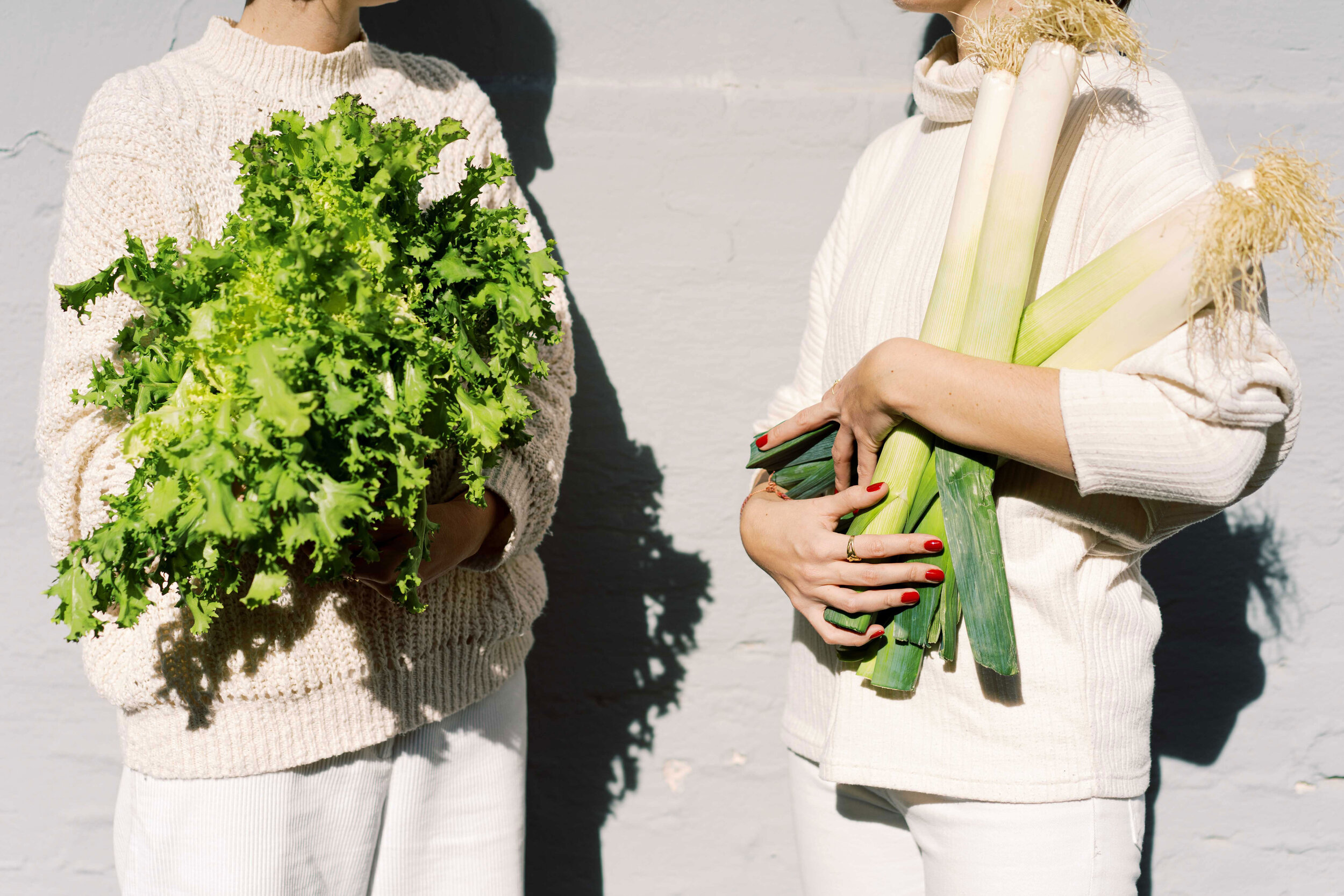How to Compost at Home For Your Health
Composting is a great way to improve your health, reduce waste, and create a more sustainable environment. Composting involves taking organic material such as food scraps, paper products, and yard trimmings and breaking it down into a nutrient-rich organic substance that can be used as fertilizer for plants.
Composting at home has several benefits including reducing waste that would otherwise end up in landfills or incinerators, conserving resources like water, energy and soil fertility, reducing air pollution from incineration of garbage, and saving money by not having to buy expensive fertilizers. Additionally, compost provides essential nutrients for the growth of plants.
Help promote healthy soils and plant diversity.
Choosing a System
Before you start composting, you'll need to choose a composting system and location. There are many different types of composting systems including indoor bins, outdoor piles, worm farms and tumblers. The type of system you choose will depend on the size of your yard or garden as well as your budget. Location is important too – make sure it's close enough to water and that it won't be disturbed by animals such as cats or dogs.
Gathering Materials
Once you've picked out your composting system and location, it's time to gather materials for your compost pile. The most common items used in home composting include fruit and vegetable scraps, coffee grounds and filters, eggshells, tea bags, grass clippings, shredded newspaper or cardboard, and leaves. Avoid adding meat, fat or dairy products to your compost pile as these can attract animals and cause a foul smell.
Building Your Compost Pile
When you have all the materials ready, it's time to begin building your compost pile. Start by layering 4-6 inches of brown material like dead leaves and twigs on the bottom of your bin or in the middle of your outdoor pile, followed by green material such as grass clippings and food scraps. Make sure you mix these layers together so that air and water can move through them more easily. Once you've added a few layers, sprinkle some soil on top to provide beneficial bacteria which will help break down the organic matter into compost.
Taking Care of Things
Now that your compost pile is built, you'll need to take care of it. Make sure to turn the pile every few weeks with a garden fork or shovel so that air and moisture can reach all parts of the pile. If your compost starts to look dry, water it until it's damp but not soggy. Compost is ready when it looks like dark soil and has a pleasant earthy smell.
Composting at home is an easy way to reduce waste, conserve resources, and improve your health. With just a little effort, you can create nutrient-rich organic matter for use in your garden or yard – helping to promote healthier plants and soils!

